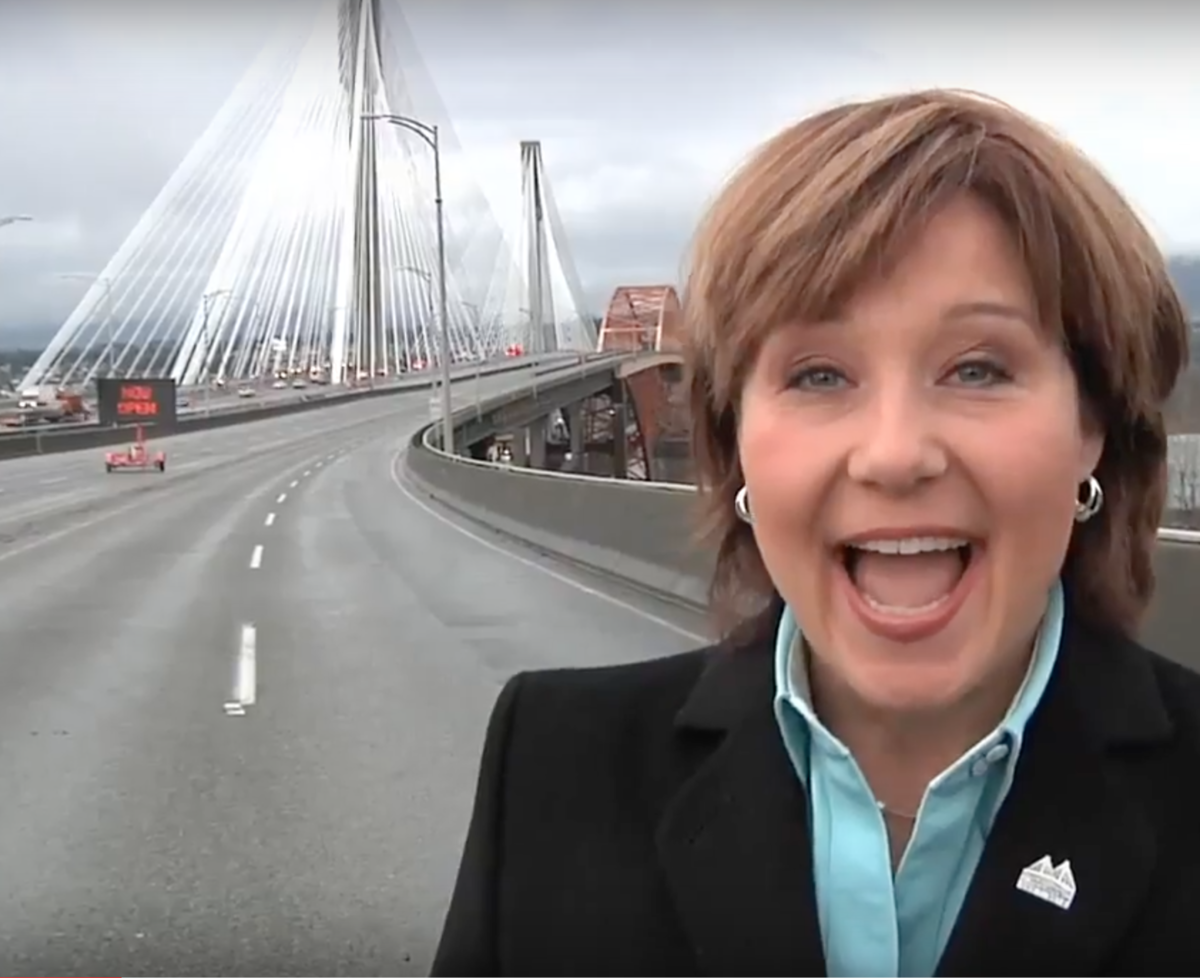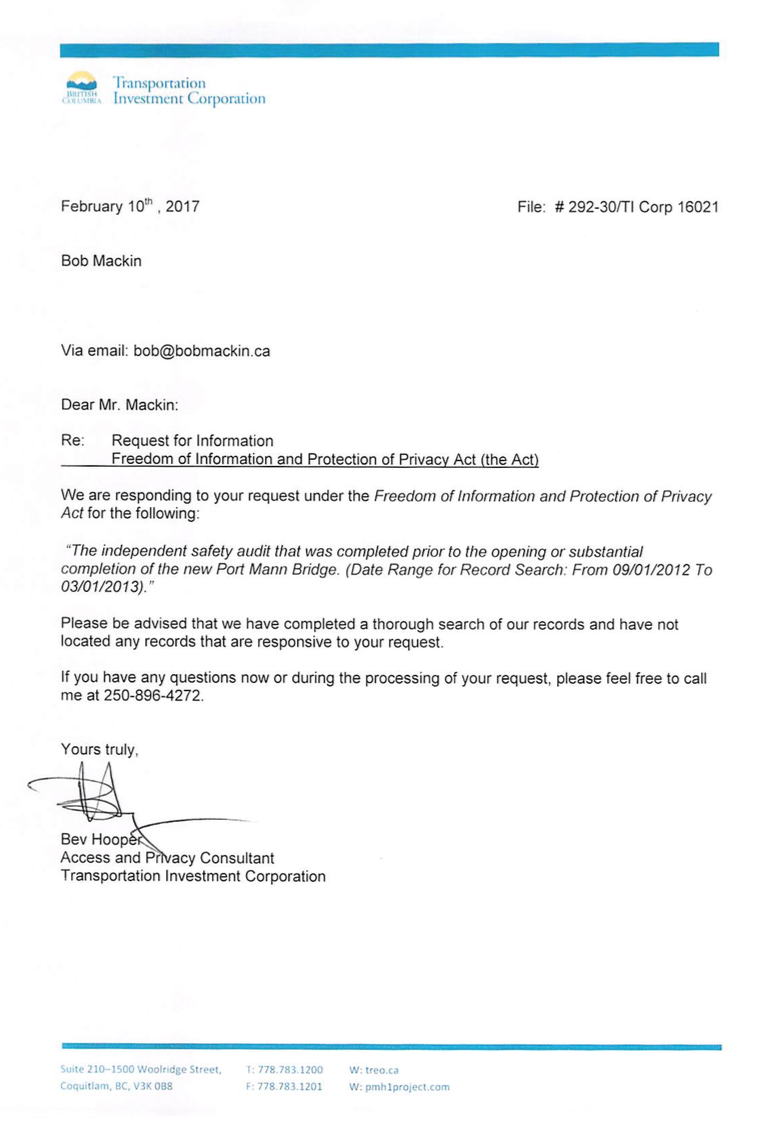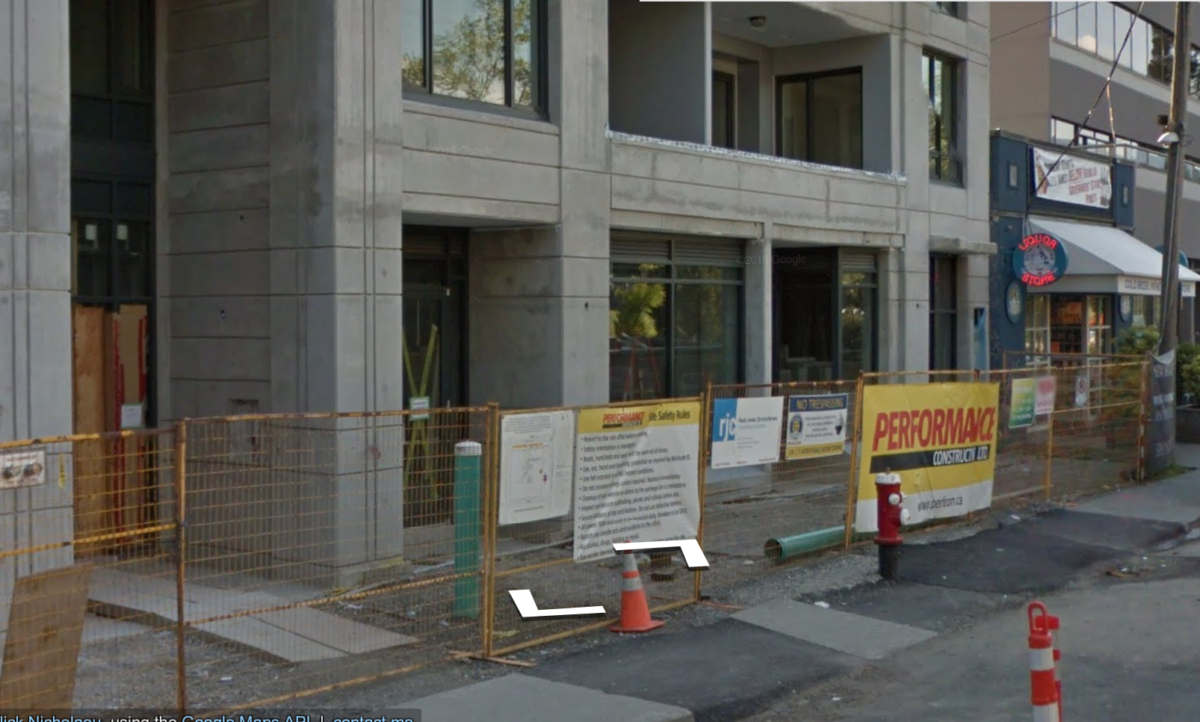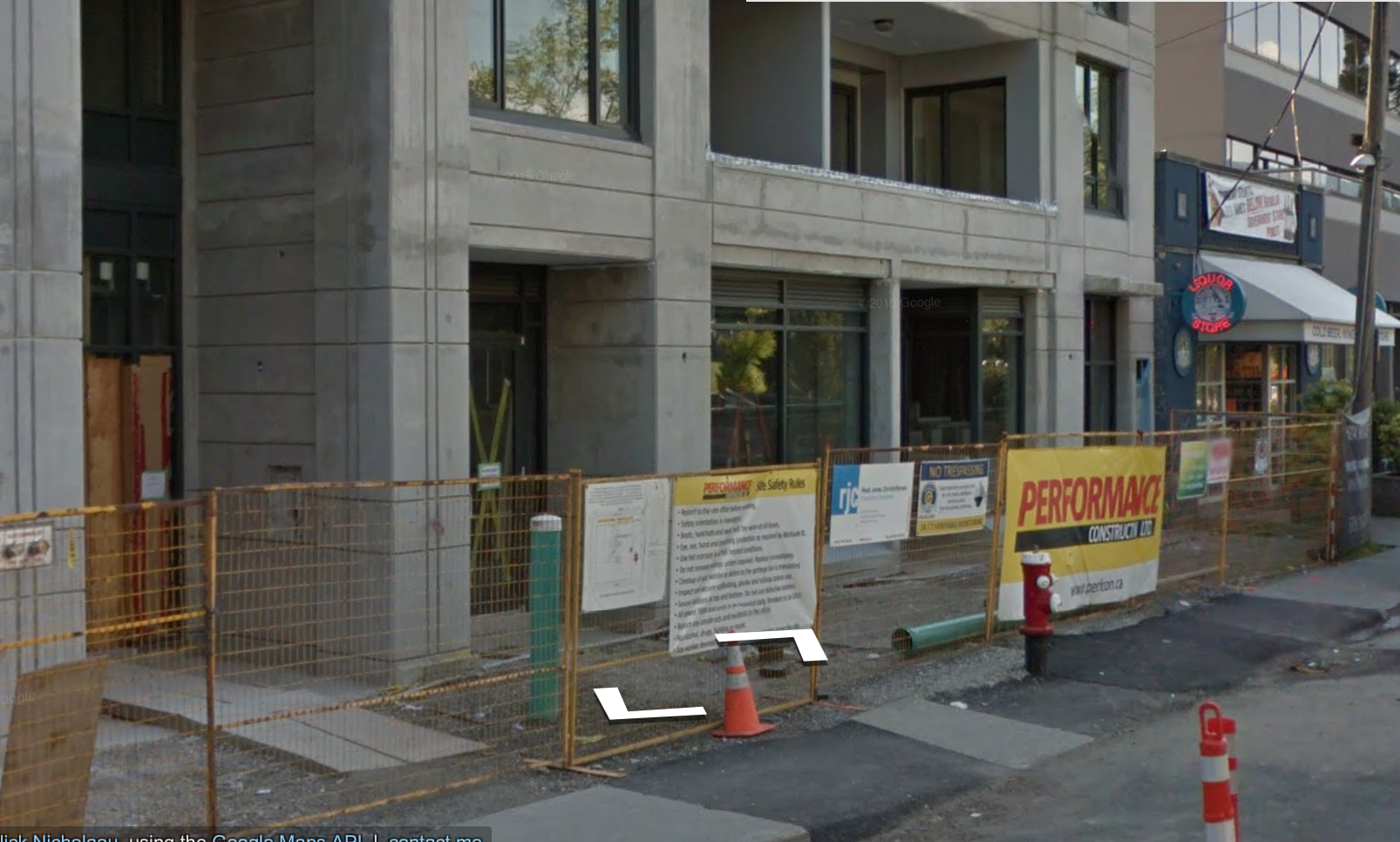Eby catches Liberal spy at NDP youth event
Bob Mackin
The BC Liberals are spying on the NDP, looking for “gotcha!” video fodder in the run-up to the May 9 provincial election.
The taxpayer-funded Government Caucus Communications department, which keeps track of where opposition politicians are appearing, has published at least two clips so far.
NDP critic David Eby turned the tables in Question Period on Feb. 27 when he said a government employee, posing as a Young New Democrat, attended the Richmond NDP-hosted “Housing Our Future: A Youth Political Forum on Housing and Education” at Minoru community centre on Feb. 25. 
“She said she was interested in ‘post-secondary education and housing’. Those are her words,’’ Eby told the Legislature. “She then secretly recorded these youths, using a cell phone she tried to hide on her lap. When we posed for a group picture, she pretended to take a phone call and left the room to avoid being photographed. How ironic.”
In an odd coincidence, former B.C. Civil Liberties Association executive director Eby directed his question at a former president of the BCCLA, the Liberal government’s communications minister Andrew Wilkinson.
Eby alleged that the staffer breached the Freedom of Information and Protection of Privacy Act. He asked Wilkinson whether the video would be destroyed and the youths who attended be sent a privacy breach notice.
Wilkinson called them “wild allegations” and invited Eby to file a complaint.
“Of course, we can tell that we’re getting close to the big day in May, when it will be determined by the people of British Columbia what the future of the government of British Columbia will be,” Wilkinson said. “So we can expect that these kinds of events may occur, where individuals perhaps do things that are debatable.”
The Question Period bell rang before Eby could ask a followup.
Eby later told theBreaker by phone that the government employee was Caroline Bleay, a government caucus researcher who had registered for the event under her name for the Facebook-advertised event. 
He said he assumes he is being recorded by political foes at any event he attends. In this case, he said, Bleay did not disclose her affiliation or ask for consent from any of the youths, whose faces and voices she would have recorded.
“The worry that I have is a young person curious about politics, they want to hear what the NDP has to say on issues they care about, they now have to grapple with the fact they might be secretly videotaped by a staff member of their own government for unknown purposes,” Eby said. “Does it mean that if they decide to apply for a government job that suddenly there’ll be a record that pops up that says they attended an official opposition event and asked questions that seemed critical of the government?
“We know about governments around the world that engage in this conduct.”
Bleay did not respond to an email or a phone message left with the BC Liberal caucus office.
Her LinkedIn profile says she has worked for the government caucus since January 2016, after a stint with Ashcroft Terminal in 2015. In summer 2013, Bleay was an intern with Kinder Morgan in its public relations and communications department.

Liberal hidden video of NDP’s Rob Fleming.
The Liberals Tweeted a link last November to a YouTube video on the BCGovCaucus page called “John Horgan Unedited.” More recently, they Tweeted a clip of Rob Fleming’s appearance at the Richmond-Steveston riding association’s acclamation meeting for candidate Kelly Greene on Feb. 19. The clip included a cash register sound effect, like the one used by Stephen Harper at his game show-style campaign stops in the waning days of the federal Conservatives’ failed 2015 re-election campaign.
BC Liberals and their allies have used dubious video tactics in the past.
During the 2009 provincial election, the Province’s Mike Smyth wrote a column about how government caucus staffer Kyle Surovy was showing up at NDP leader Carole James’ news conferences, posing as a TV cameraman. Surovy is now one of Premier Christy Clark’s videographers.
Vision Vancouver sent videographers, including Mark Vonesch and Zack Embree, to NPA news conferences during the 2014 Vancouver civic election to gather content for attack ads. The Vision videographers did not identify themselves as party workers and pretended to be with the news media.
One of many things that the Liberals and Vision share is the same spin doctor, Don Millar.
The government caucus knows where NDP and Green politicians are on a daily basis. Among the email that Clark’s ex-press secretary, Sam Oliphant, did not delete when he quit a year ago was the gem below. Taxpayers’ money is spent to compile a schedule for internal use, called Opposition Watch, which theBreaker obtained under freedom of information.
Liberal Caucus Opposition Watch by BobMackin on Scribd
Bob Mackin The BC Liberals are spying on








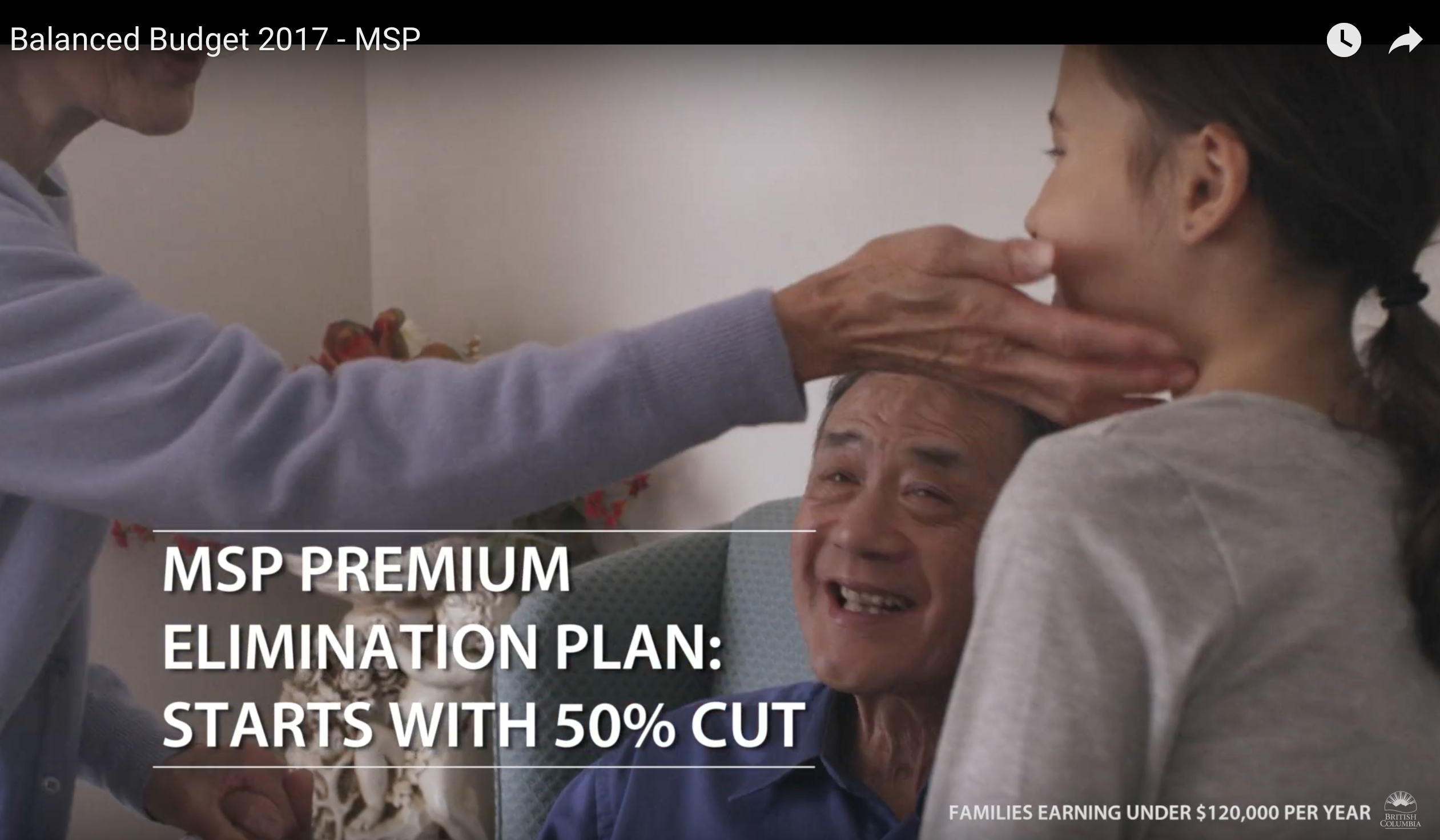
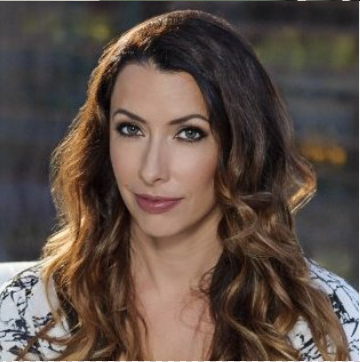
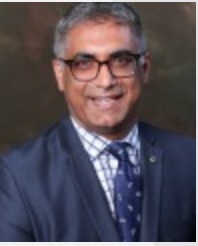

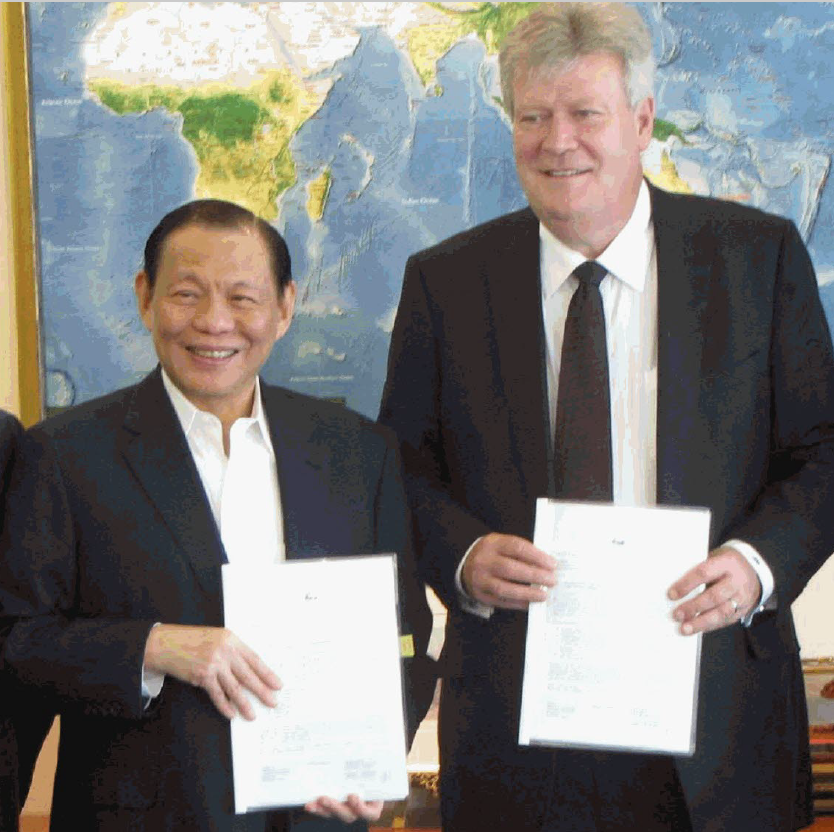
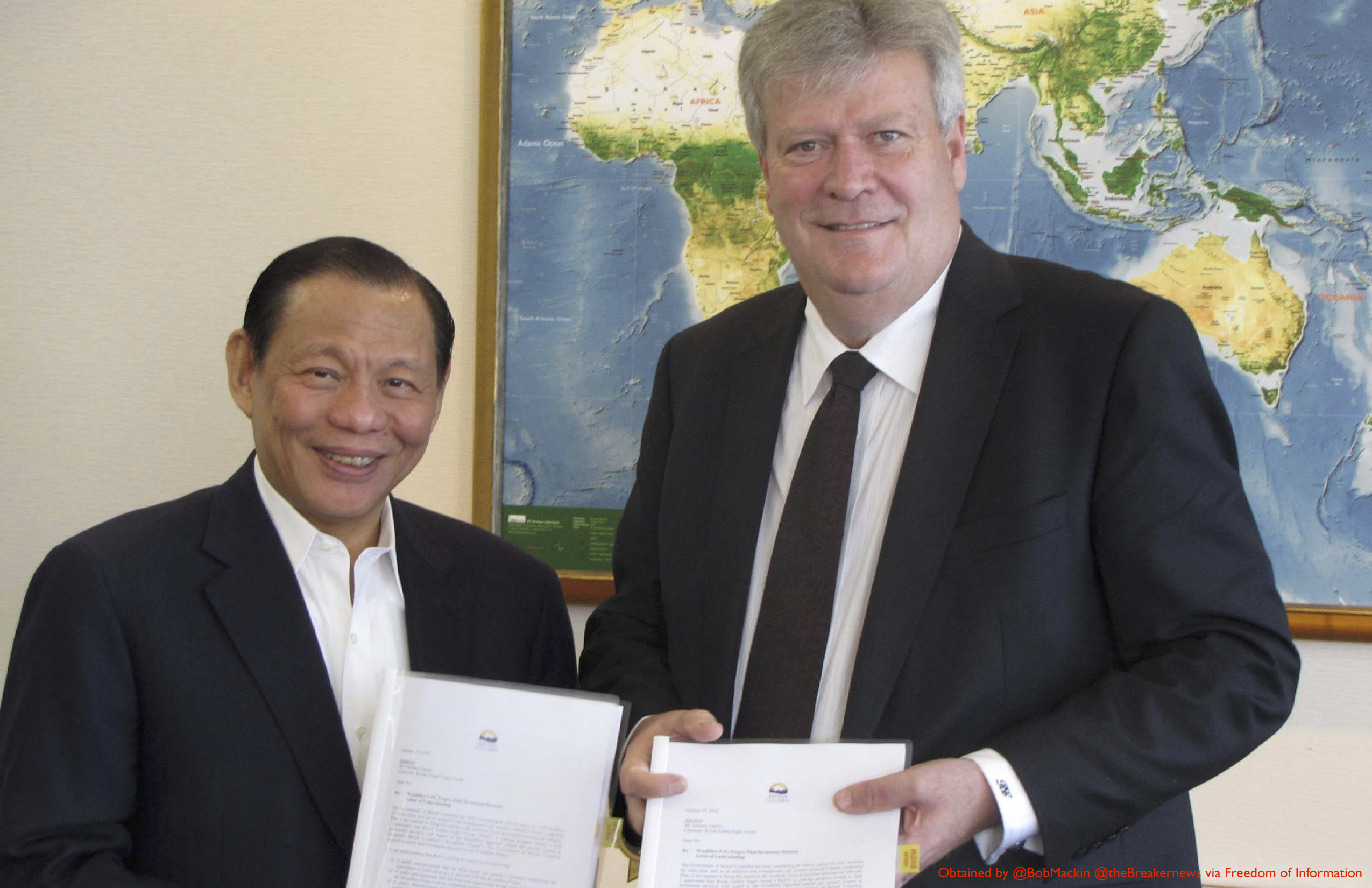



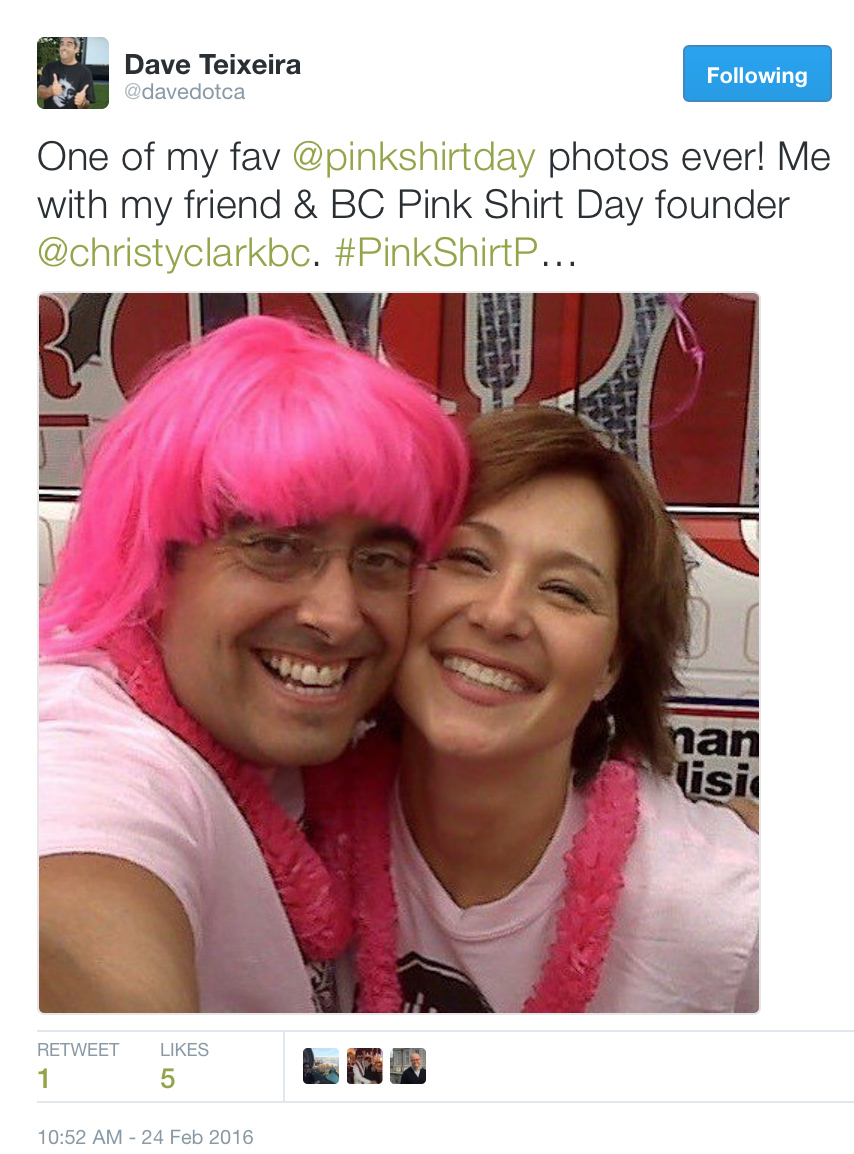
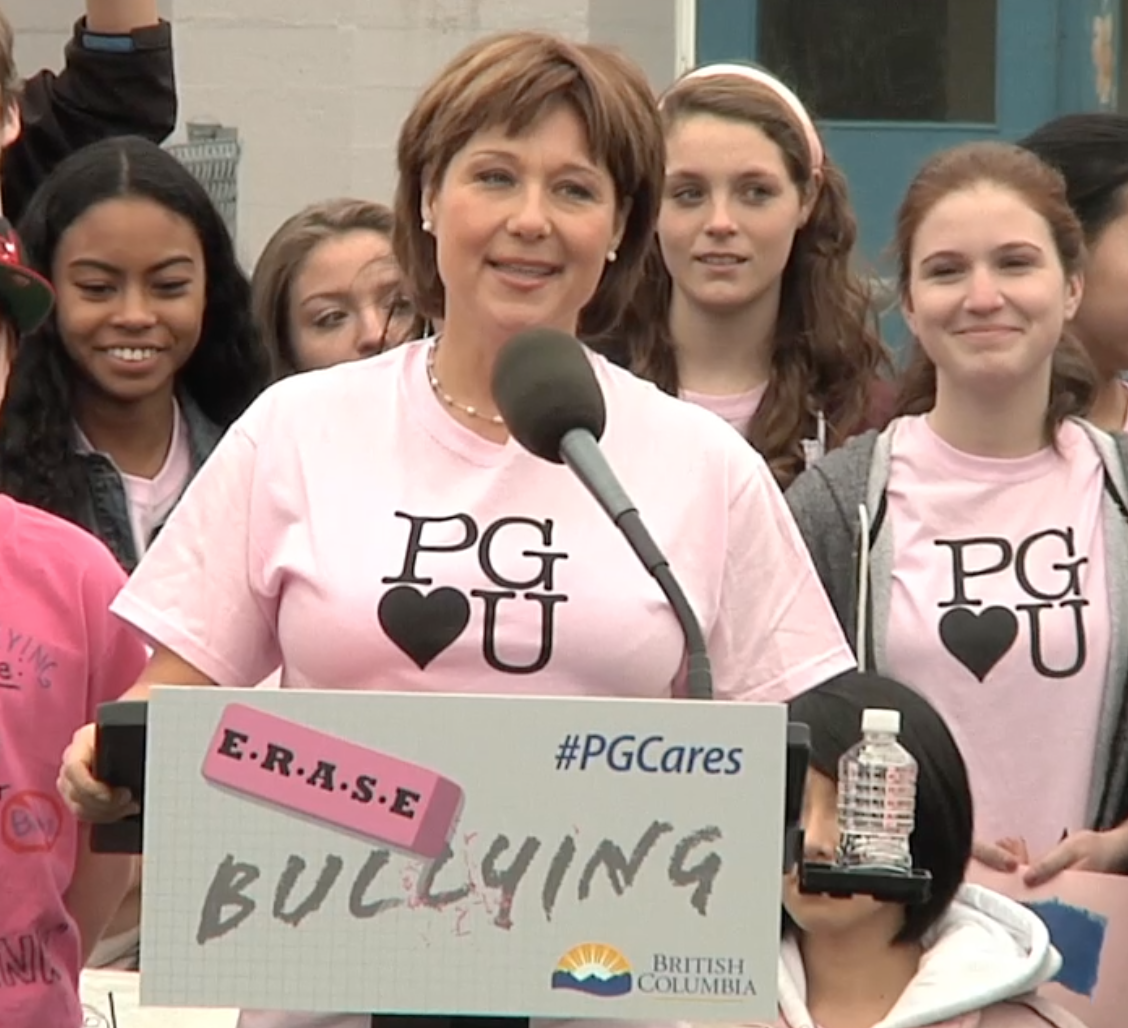
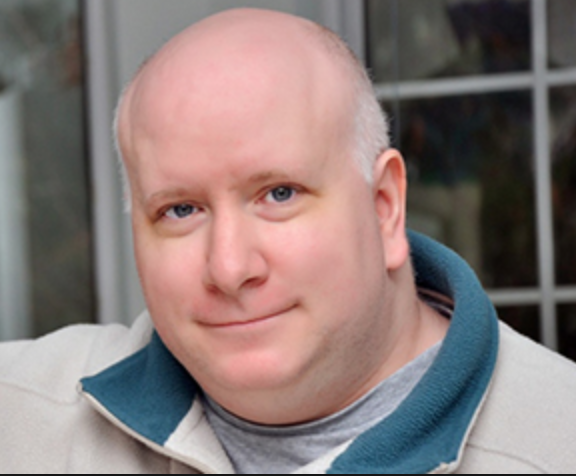
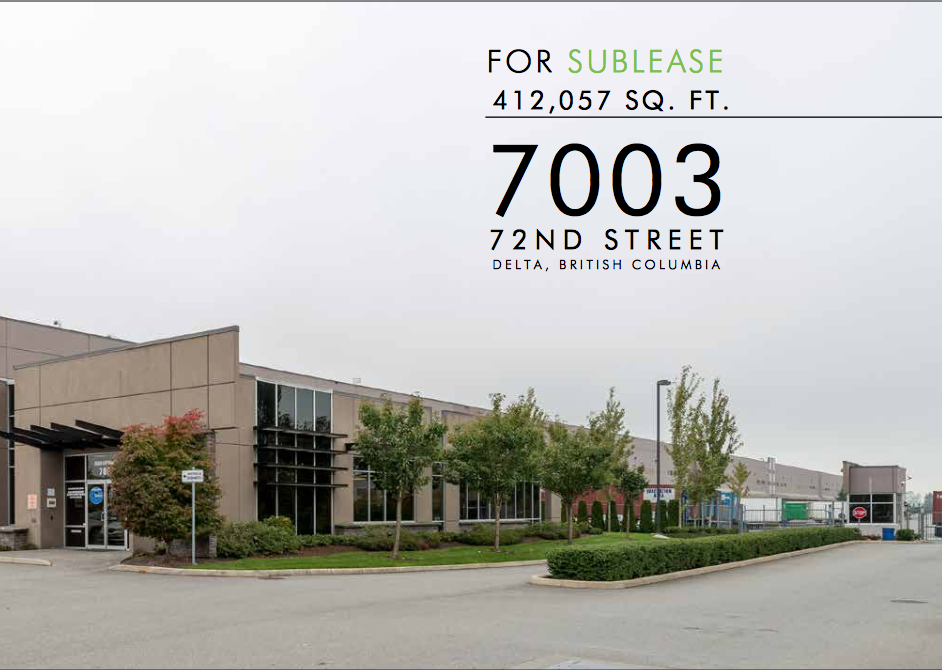
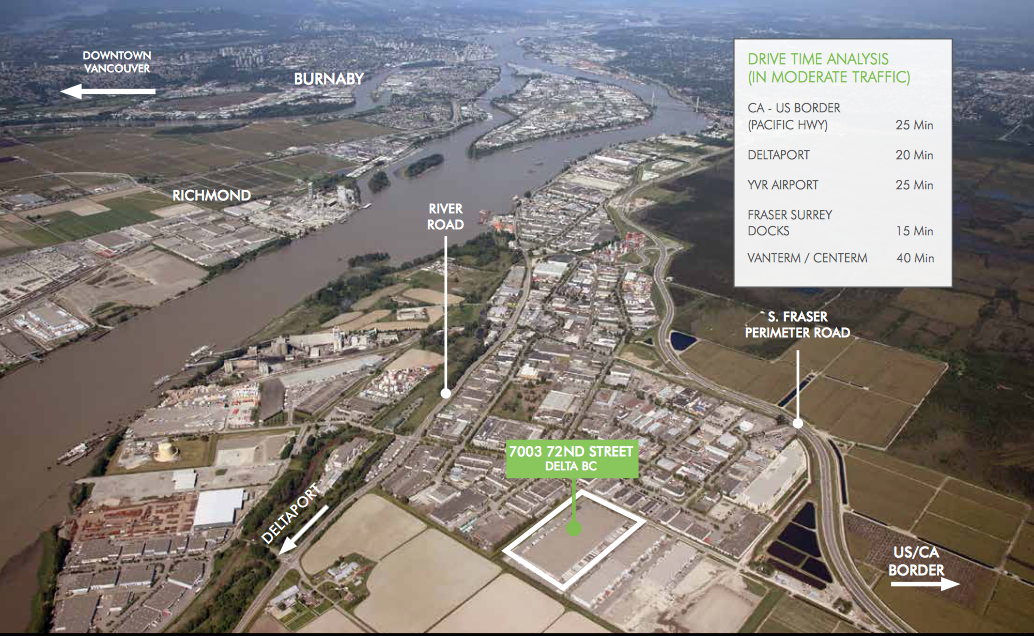

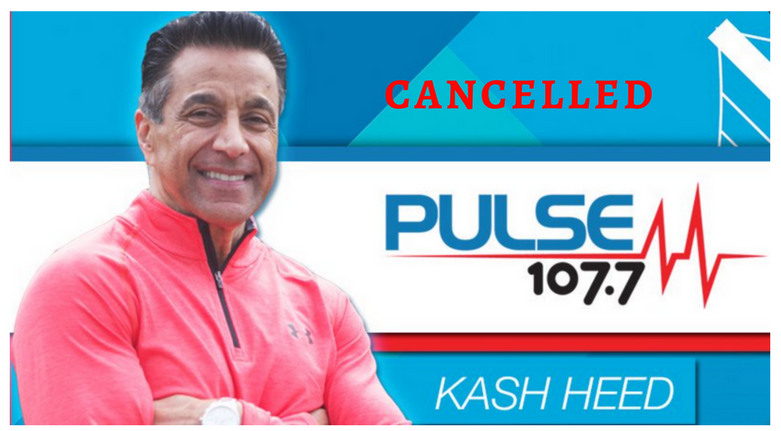
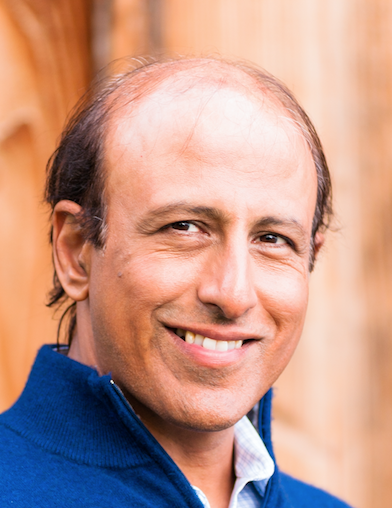
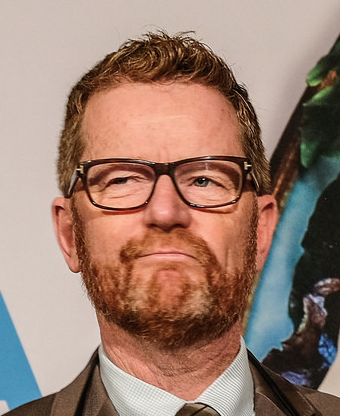


 party continued its fundraising spree unabated. It even hosted more four-figure cash for access events.
party continued its fundraising spree unabated. It even hosted more four-figure cash for access events. B.C. airwaves and Internet with
B.C. airwaves and Internet with  Liberal government’s Jan. 11-announced approval of the Kinder Morgan pipeline twinning. Democracy Watch says that Clark, Environment Minister Mary Polak and Deputy Premier Rich Coleman were in conflict of interest because of Kinder Morgan’s $550,000 donations to the Liberals.
Liberal government’s Jan. 11-announced approval of the Kinder Morgan pipeline twinning. Democracy Watch says that Clark, Environment Minister Mary Polak and Deputy Premier Rich Coleman were in conflict of interest because of Kinder Morgan’s $550,000 donations to the Liberals.